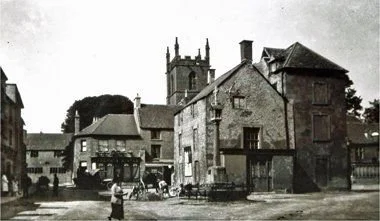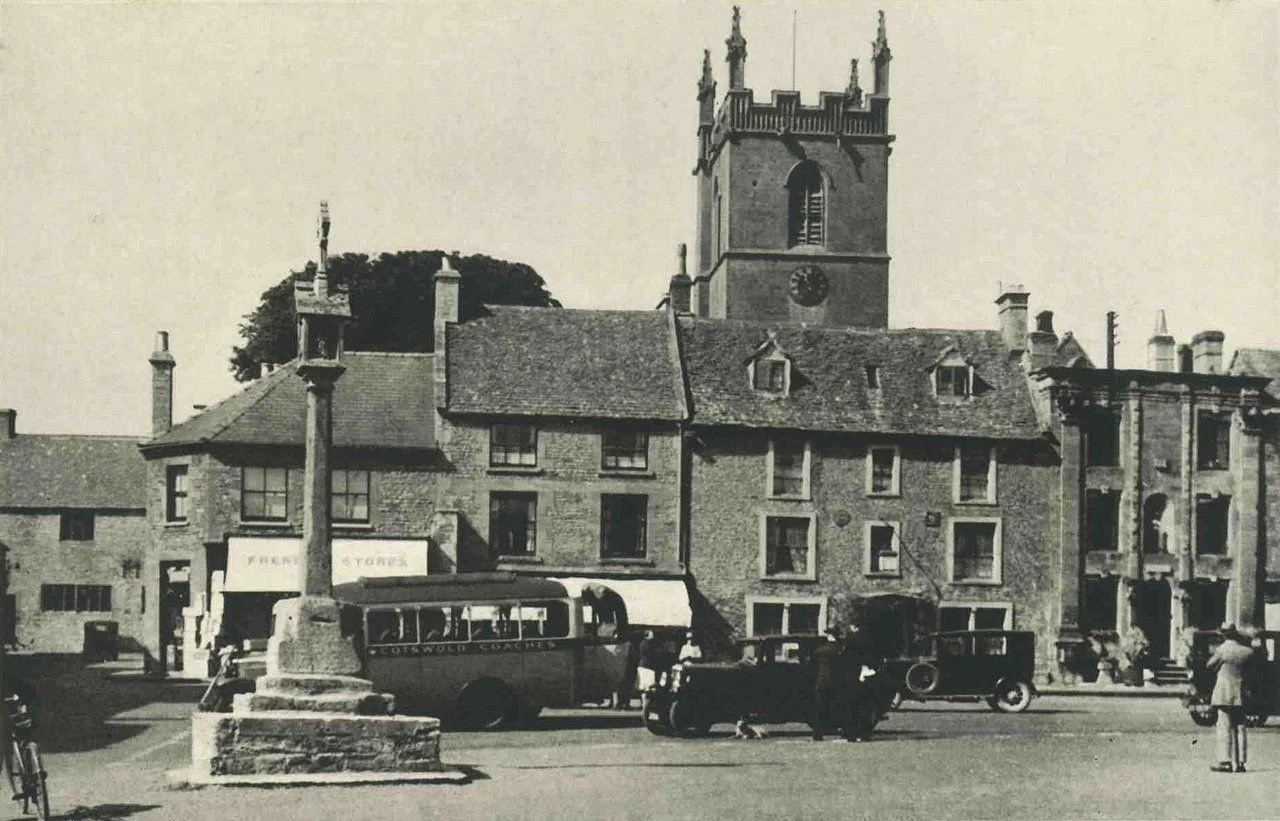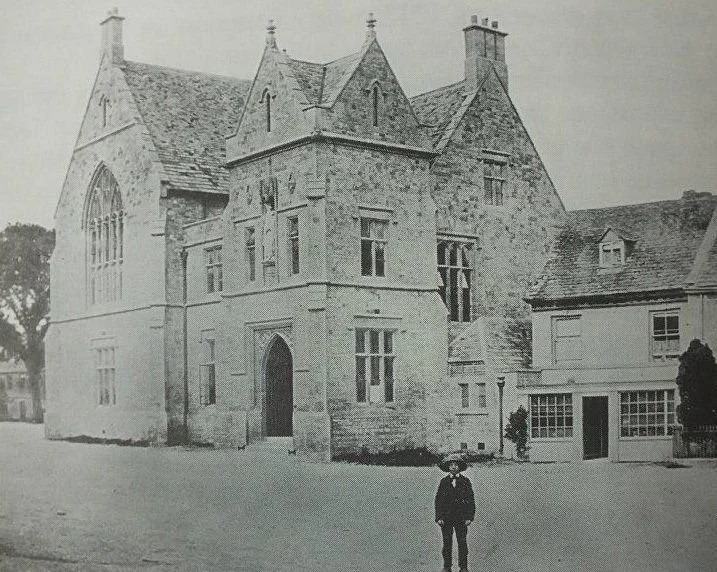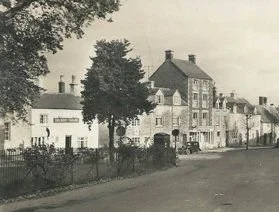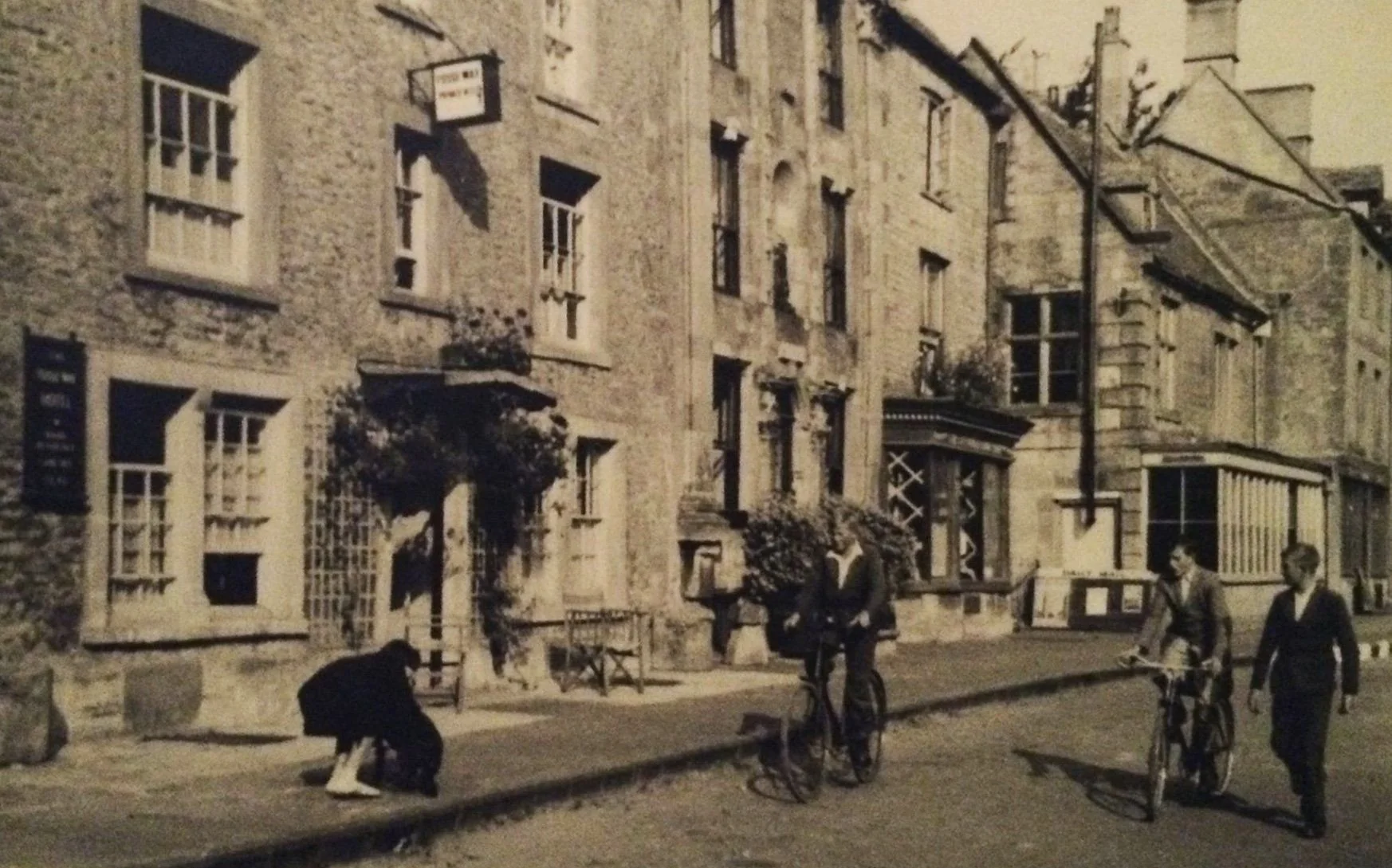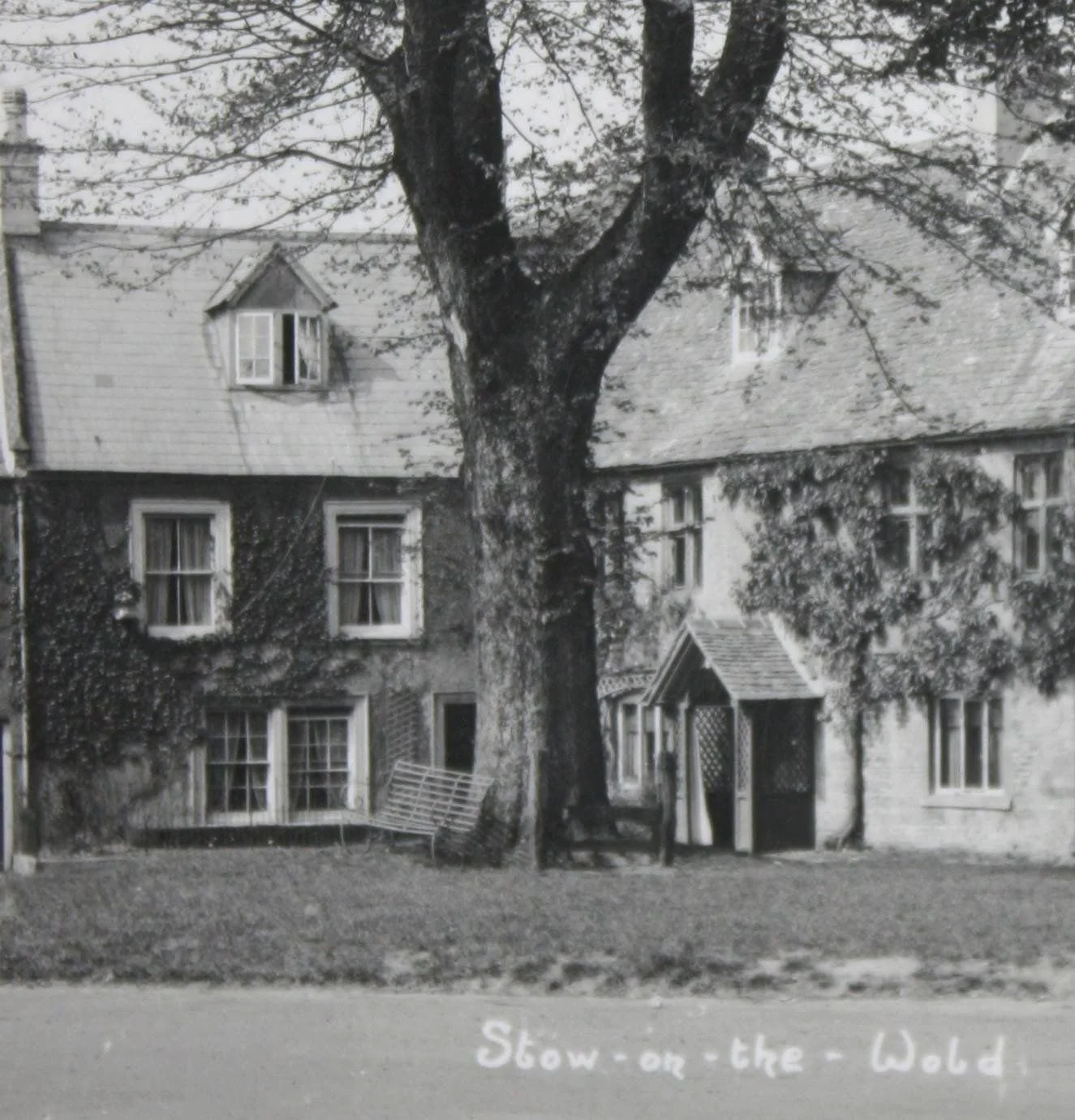
Historic Images & Gallery
A selection of old photos, postcards and a video from our archives for you to enjoy
A E S Hyde Cycle & Motor Works early 1900's
Rare photograph showing the Crown & Anchor and the cycle shop
Early 1900's photo showing the now demolished Cross House
1940's photo of the market cross without its protective railings. Note the Cross House has been demolished
Looking towards the High Street from the Square
Stow Fair in 1909
The old Court House at the corner of Church Street which was demolished in 1900
Looking across the Square towards St. Edward's Hall
Note Farnworth's petrol station on the right - mid 1900's
Stow Club Day in the early 1900s
Looking down Sheep St just after the Church St entrance
Looking down Sheep St showing Osbornes Timber Yard, Verney's Vets and the Forge
in 1885 Looking up Sheep St towards the Fosseway with the King William and Star Inn pubs on the left
Looking down Sheep St from the Fosseway in the early 1900s
The corner of Sheep St and Church St in the early 1900's
Early photo of Hiatts the outfitters & milliners, now Baggott Antiques
Photo of Church St in the 1900's with the barber's shop on the left
Bartlett's the boot makers on the right in the early 1900's
VE Day celebrations in Church St
Early 1900's photo with a horse and cart coming up Church St
The Woodward Bros. shoe shop in Church Street
Church St close to St. Edward's Church gates
The Porch House hotel and pub, previously known as the Eagle & Child
The Bell
Cross Keys
Crown & Anchor
Farmers Arms - Known locally as The Foot and is at the foot of Stow Hill
Fleece
Greyhound
Kings Arms
King William
Queen's Head
Red Lion - The Square, now the Old Stocks
Stow Lodge
Eagle & Child
Unicorn
White Hart and the Wine Vaults
Temperance Hotel
Black Bear - The house with a porch in the corner of St. Cooks Green was once an inn
Video Montage
Courtesy of Simon Clarke and members of the Facebook group 'Days Gone by in Stow-on-the-Wold & the Villages.'
To watch this video click on the arrow in the centre of the image below:



